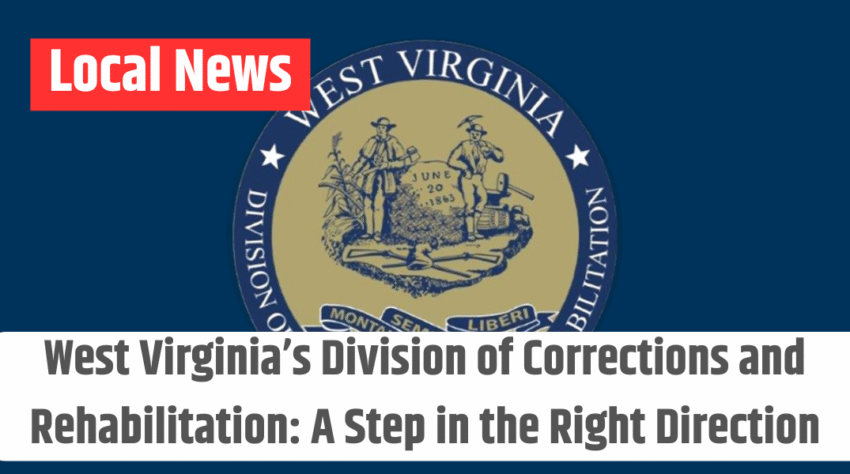A recent report by Suzuki Law has highlighted West Virginia’s success in reducing its recidivism rate, which is among the lowest in the country. In fact, only four states have a lower recidivism rate than West Virginia, a testament to the state’s effective rehabilitation programs. This finding aligns with a PEW survey conducted more than a decade ago, which also ranked West Virginia as having the fourth-lowest recidivism rate in the U.S.
Joe Thornton, the former Secretary of the West Virginia Department of Military Affairs and Public Safety (DMAPS), praised the collaborative efforts of various state agencies in supporting the successful reintegration of formerly incarcerated individuals. “A successful prison system includes preparing inmates for productive lives after release,” Thornton explained. “This requires the involvement of parole and probation officers, social service providers, work-release employers, and community support.”
A Positive Reputation Earned Through Reform
Though West Virginia is often unfairly criticized by outsiders, its residents may not fully appreciate the positive strides made in criminal justice reform, particularly in rehabilitating former inmates. West Virginia’s 24% recidivism rate may seem high at first glance, but it’s a significant improvement when compared to states like Delaware, which has the highest recidivism rate at 65%. This achievement is the result of deliberate and thoughtful changes made over several years.
Since 2013, West Virginia has been implementing a series of reform initiatives aimed at reducing recidivism and improving the criminal justice system. These changes were introduced with bipartisan support, marking a rare moment of unity in a polarized political landscape. In 2013, Senate Bill 371 was passed, focusing on adult offenders. This bill created the Justice Reinvestment Initiative, which emphasized treatment over incarceration, addressing behavioral health and substance abuse issues to reduce repeat offenses.
Also Read – West Virginia Congressman Takes Selfie with Inmates at El Salvador Prison
Rehabilitation Over Incarceration
Instead of simply locking up offenders, West Virginia’s reforms have focused on alternatives to incarceration, such as “day report centers” where offenders receive treatment and recovery services. These centers have been successful in addressing the root causes of criminal behavior rather than just punishing it.
In 2015, Senate Bill 393 expanded these efforts to focus on at-risk youth. Rather than sending young people to detention facilities, which often proved to be harmful and ineffective, the state implemented home-based mentoring and guidance. This approach has proven to be more effective in keeping youth out of the justice system and helping them build productive futures.
The Case for Evidence-Based Reforms
While West Virginia has made significant progress, many other states continue to struggle with high recidivism rates. States like Delaware, Alaska, Arkansas, and Colorado have yet to implement the kind of scientifically validated reforms that have made West Virginia’s system more effective. Legal experts suggest that by adopting evidence-based rehabilitation programs, these states could reduce recidivism, enhance public safety, and alleviate the financial burden on taxpayers.
Providing educational opportunities, rehabilitation services, and post-release support such as employment assistance and housing are all essential components of successful prison reform. However, the first step is recognizing the problem and being willing to take action, as West Virginia has done.
Jim Rubenstein, a former commissioner of the West Virginia Division of Corrections and Rehabilitation (WVDOC), expressed pride in the state’s commitment to reducing recidivism. “I am proud of our staff’s commitment to the WVDOC’s goal of reducing offender recidivism,” Rubenstein said. The success in West Virginia stands as a model for other states to follow.
